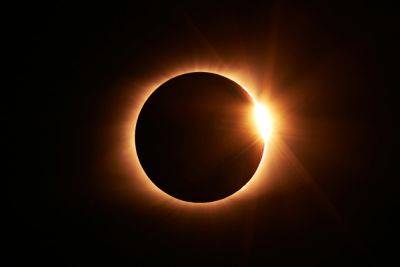Hotels in cities in the path of the total solar eclipse on April 8 saw record revenue increases, according to a new analysis published by CoStar’s STR.
Are Your Solar Eclipse Glasses Safe? Here’s How to Know If They're Real and OK to Use
03.04.2024 - 16:37 / travelandleisure.com
A deluge of counterfeit and fake solar eclipse glasses have flooded the market, putting some unsuspecting space enthusiasts in danger just days ahead of the total solar eclipse.
The fake solar eclipse glasses, which have popped up across the United States, are no darker than ordinary sunglasses and unsafe for solar viewing, according to the American Astronomical Society (AAS).
“Solar filters are at least 1,000 times darker than even the darkest regular sunglasses,” Rick Fienberg, the project manager of the AAS Solar Eclipse Task Force, said in a statement.
The warning comes just days before the total solar eclipse on April 8. The event, which has been dubbed the Great American Eclipse, is expected to cross the country from Texas all the way to Maine and is an especially big deal since the next total solar eclipse won't be visible from the contiguous U.S. until 2044, according to NASA.
Travelers are making their way to destinations within the path of totality in droves so it’s imperative to know what makes solar eclipse glasses safe since viewing the phenomenon with the naked eye can cause severe injury (even causing permanent blindness in some cases). A safe solar eclipse viewer blocks “all but a minuscule fraction of the Sun’s ultraviolet (UV), visible, and infrared (IR) light,” according to the AAS.
It’s not exactly easy to tell if the glasses are 100 percent safe right off the bat, according to the group, but thankfully it’s easier to tell if they’re not safe. In fact, there are three tests you can use starting with an indoor test in which you shouldn’t be able to see anything except maybe very bright lights, very faintly.
The same goes for the second test: trying them outside on a sunny day. Then, only something as bright as the sun’s reflection off a shiny surface should be visible — and faintly at that.
A final test is to glance at the sun. If you see a “sharp-edged, round disk” that is “comfortably bright,” the glasses are probably safe, the group noted. Still, stare at the solar eclipse sparingly.
“Staring at a partial solar eclipse for more than a few seconds at a time, even through perfectly safe solar viewers, isn’t much fun anyway,” Fienberg said.
And to help eclipse enthusiasts ensure their glasses are safe, the AAS has put together a list of vendors selling safe solar viewers.
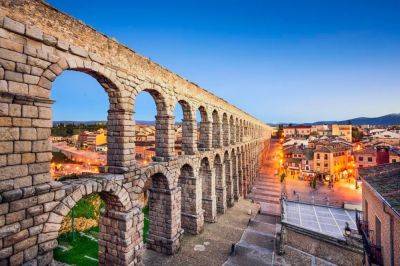
18 Places To See The Next Total Solar Eclipse In 850 Days
Mainland Europe’s first total solar eclipse since 1999 is just 850 days away. Where will you be? As excitement dies down from the “Great American Eclipse,” eclipse chasers are turning their attention to Wednesday, August 12, 2026, when a 183-190-mile-wide moon shadow moves across remote Siberia, Greenland, Iceland and Spain.
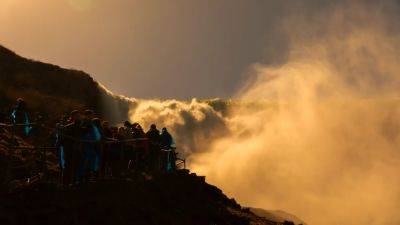
A Photo Dispatch of the Total Solar Eclipse From Buffalo, New York
For the April 8 total solar eclipse, photographer Levi Mandel traveled to Buffalo, New York, to observe the celestial event—and the many others who journeyed for it. Below, he shares the experience through text and photos.
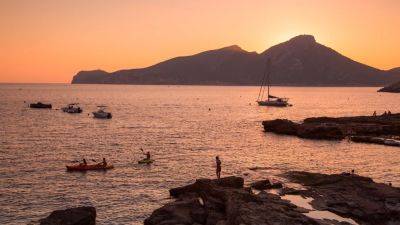
Where to See Your Next Eclipse, From Iceland to Australia
The totality of an eclipse is never long enough. My first total solar eclipse experience in 2017 made for the shortest two minutes of my life: the sun transforming into a blazing diamond ring, the beautiful delirium of darkness, that perfect circle in the sky. Before I knew it, the eclipse was over—and my friends and I were plotting how we could catch our next.
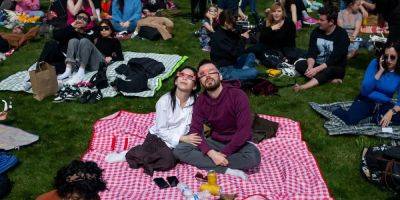
Want to see the next total solar eclipse in 2026? An expert recommends booking travel now.
It'll be two decades before the next total solar eclipse hits the US.
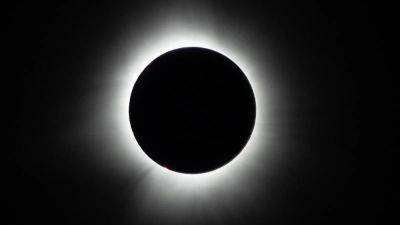
In Photos: Total Solar Eclipse Dazzles Skywatchers Across North America
Did you see the total solar eclipse? Despite clouds in some regions, some sky-watchers in Mexico, the U.S. and Canada were able to get clear views of a totally eclipsed sun for as long as 4 minutes 28 seconds in what was the longest totality viewed from land since 2010—and the longest in the U.S. since 1806.
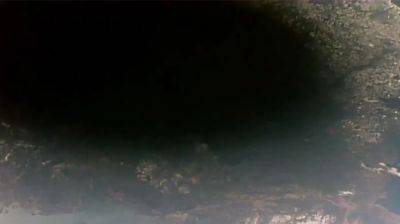
Total Solar Eclipse Photos: NASA Astronauts Take Historic Images From Space
You’ve seen the best photos of the total solar eclipse from the path of totality on April 8—now see them from space.

Everything you need to know about drinking and dining in Florida
The food scene in Florida reflects the diversity of cultures that have made the sunshine state their home – an intoxicating blend of Southern recipes, Latin American flavors and old-school Floridian techniques...anyone for fried gator tail?
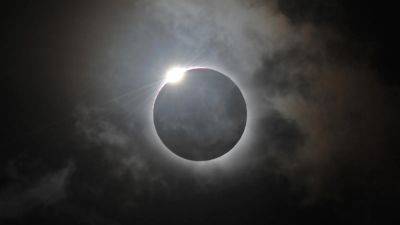
Why Clouds Could Disappear As The Total Solar Eclipse Begins
Accurate weather forecasts for Monday’s path of totality weren’t available until a few days ago, but scientists have confirmed that cumulus clouds over land begin to disappear almost instantly when a partial solar eclipse begins.
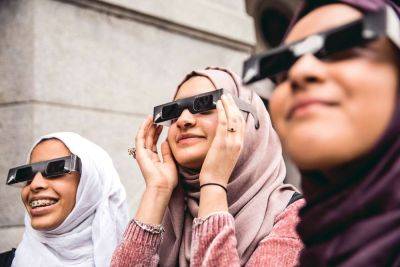
Why You Shouldn’t Point Your Smartphone Camera Directly at the Sun During Today's Solar Eclipse, According to NASA
It’s eclipse day, and while you may want to take photos of the rare phenomenon, NASA warns it could actually damage your smartphone camera.
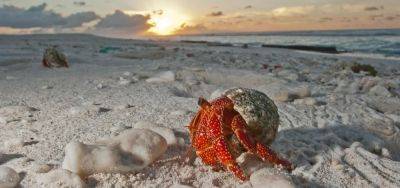
Total Solar Eclipse: Why Hermit Crabs And A UFO Will Be The First To See It
It’s being hailed as the “Great North American Eclipse.” The longest since 1806, in fact, the best since 2017 and the last until 2033 in Alaska, and 2044 in Montana and the Dakotas.
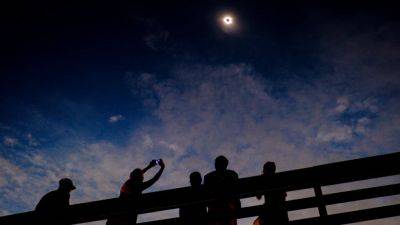
Solar Eclipse 2024: Expect Flight Delays and Traffic Jams from Texas to Maine
Millions of people are expected to travel to see the total solar eclipse on April 8. As a result, large swaths of the country could be faced with traffic jams and flight delays in the coming days, government agencies warn.
